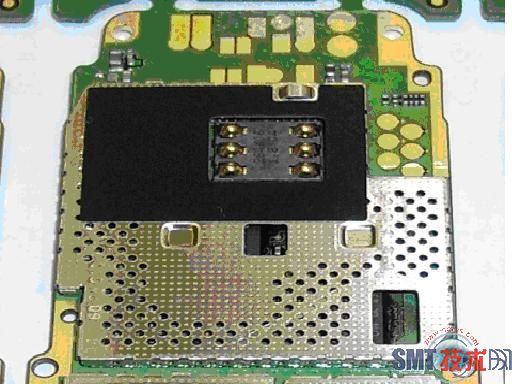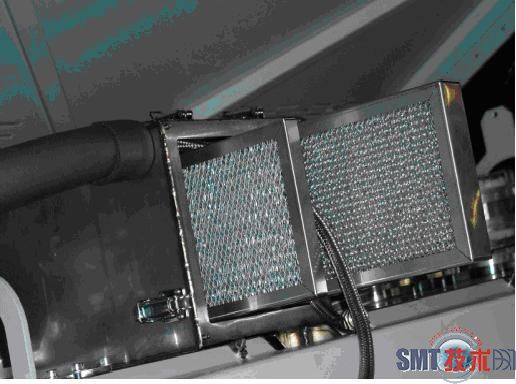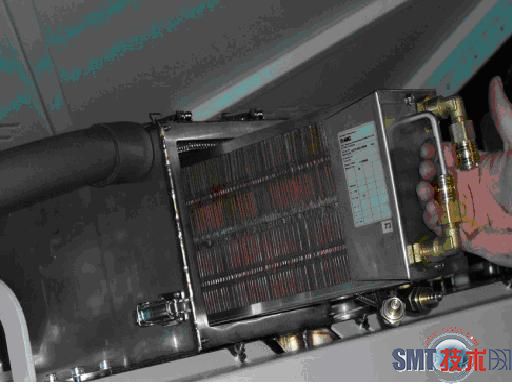In order to realize the control of wind speed and air volume, two points need to be paid attention to:
- The speed of the fan should be controlled by frequency conversion to reduce the influence of voltage fluctuation on it;
- Minimize the exhaust air volume of the equipment, because the central load of the exhaust air is often unstable, which easily affects the flow of hot air in the furnace.
- Equipment stability
Immediately we have obtained an optimal furnace temperature curve setting, but to achieve it, the stability, repeatability and consistency of the equipment are required to guarantee it. Especially for lead-free production, if the furnace temperature curve drifts slightly due to equipment reasons, it is easy to jump out of the process window and cause cold soldering or damage to the original device. Therefore, more and more manufacturers are beginning to put forward stability test requirements for equipment.
l Use of nitrogen
With the advent of the lead-free era, whether reflow soldering is filled with nitrogen has become a hot topic of discussion. Due to the fluidity, solderability, and wettability of lead-free solders, they are not as good as lead solders, especially when the circuit board pads adopt the OSP process (organic protective film bare copper board), the pads are easy to oxidize, often resulting in solder joints The wetting angle is too large and the pad is exposed to copper. In order to improve the quality of solder joints, we sometimes need to use nitrogen during reflow soldering. Nitrogen is an inert shielding gas, which can protect the circuit board pads from oxidation during soldering, and significantly improve the solderability of lead-free solders (Figure 5).
Figure 5 Welding of metal shield under nitrogen-filled environment
Although many electronic product manufacturers do not use nitrogen temporarily due to operating cost considerations, with the continuous improvement of lead-free soldering quality requirements, the use of nitrogen will become more and more common. Therefore, a better choice is that although nitrogen is not necessarily used in actual production at present, it is better to leave the equipment with nitrogen filling interface to ensure that the equipment has the flexibility to meet the requirements of nitrogen filling production in the future.
l Effective cooling device and flux management system
The soldering temperature of lead-free production is significantly higher than that of lead, which puts forward higher requirements for the cooling function of the equipment. In addition, the controllable faster cooling rate can make the lead-free solder joint structure more compact, which helps to improve the mechanical strength of the solder joint. Especially when we produce circuit boards with large heat capacity such as communication backplanes, if we only use air cooling, it will be difficult for the circuit boards to meet the cooling requirements of 3-5 degrees per second during cooling, and the cooling slope cannot reach The requirement will loosen the solder joint structure and directly affect the reliability of the solder joint. Therefore, lead-free production is more recommended to consider the use of dual-circulation water cooling devices, and the cooling slope of the equipment should be set as required and fully controllable.
Lead-free solder paste often contains a lot of flux, and the flux residue is easy to accumulate inside the furnace, which affects the heat transfer performance of the equipment, and sometimes even falls on the circuit board in the furnace to cause pollution. There are two ways to discharge the flux residue during the production process;
(1) Exhaust air
Exhausting air is the easiest way to discharge flux residues. However, we have mentioned in the previous article that excessive exhaust air will affect the stability of the hot air flow in the furnace cavity. In addition, increasing the amount of exhaust air will directly lead to an increase in energy consumption (including electricity and nitrogen).
(2) Multi-level flux management system
The flux management system generally includes a filtering device and a condensing device (Figure 6 and Figure 7). The filtering device effectively separates and filters the solid particles in the flux residue, while the cooling device condenses the gaseous flux residue into a liquid in the heat exchanger, and finally collects it in the collecting tray for centralized processing.
Figure 6 Filtering device in the flux management system
Figure 7 Condensing device in the flux management system
Post time: Aug-12-2020



